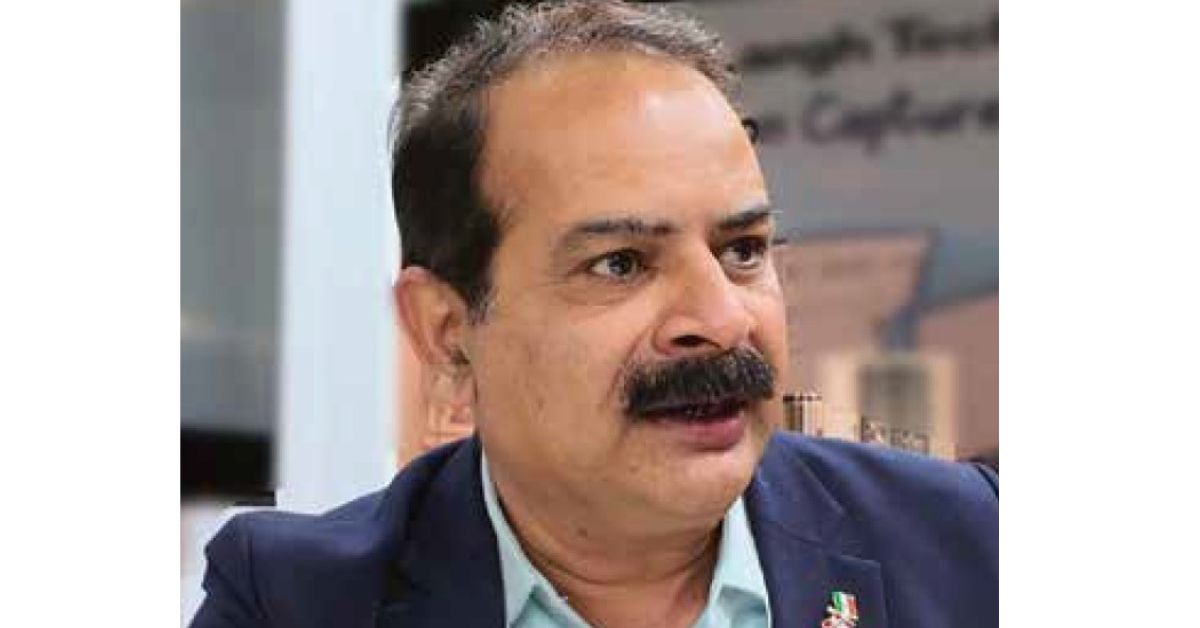Could you give us a brief background of Chowgule Shipyard?
Chowgule Shipyard is part of a family-owned enterprise that dates back to 1916—over a century of legacy in Indian business. It began as a small trading firm dealing in port operations and later moved into supplying iron ore to Japanese buyers. What’s remarkable is the trust-based relationship they established with Japan, despite being small-scale traders at the time.
This became popularly known as the “Chowgule formula”—a model built on ethics and credibility rather than financial muscle. This trust laid the foundation for the group’s diversification. From trading and mining, the business expanded into logistics, which brought the need for transporting iron ore. Initially, they bought and hired barges, and eventually realised the importance of having their own shipbuilding and repair facilities. That’s how Chowgule Shipyard was born—first with ship repairs and then full-fledged barge building, particularly during the 1990s.
When did Chowgule enter the export market in shipbuilding?
Around 2002-03, the global shipbuilding industry witnessed a boom, and that’s when we began engaging with European shipowners. That marked our foray into exports. Since then, we’ve delivered 42 export vessels. Presently, our order book stands strong with another 42 ships, valued at approximately $861.90 mn (€750 million – Rs 7,500 crore). It’s a promising phase, as global and domestic winds both favor India’s maritime development.
What type of vessels are you currently building?
We’re working on a range of technologically advanced vessels. For example:
• 12 hybrid ice-class vessels for a Finnish-Swedish client, designed for Baltic Sea conditions. These are Ice Class 1A and reduce carbon emissions by nearly 50 per cent.
• 16 diesel-electric vessels optimised for fuel efficiency, especially for short voyages with multiple port calls. These can achieve fuel savings of up to 60 per cent.
• 12 Ice Class 1B vessels for a Dutch client, with 8,500 DWT capacity. Deliveries for these will begin this November from our Mangalore yard.
Across India, we operate four yards—three in Goa (Rautalim, Rasayim, and one leased facility), and the Mangalore yard, which we took over in April 2023. Since then, we’ve made major upgrades, and it is now fully operational.
What are the key challenges facing Indian shipbuilders like you?
1. Supply Chain Delays: Most of our equipment must come from Europe due to owner preferences and aftersales considerations. Lead times can stretch and geopolitical disruptions like the Red Sea crisis or the Ukraine war add further delays. We often have to carry large inventories, which increases working capital costs.
2. Design Capabilities: Indian design houses are yet to match European expertise in commercial shipbuilding. While some like SEDS are catching up, especially in naval projects, we still lack deep capabilities for international commercial vessel standards. To bridge this, we are collaborating with a Dutch design firm to establish our own design house.
3. Skilled Manpower: Though India has abundant human capital, the working conditions in shipbuilding—confined spaces, demanding tasks—make it less attractive compared to civil infrastructure jobs.
Additionally, many experienced welders’ children are moving away from the trade, creating a skills gap. The government is responsive to this issue. We’ve initiated discussions for skill development programs and ITI partnerships, which can help produce welders, fitters, and marine technicians ready for immediate employment.
How is Chowgule investing in innovation?
We’re adopting hybrid and diesel-electric propulsion technologies, and increasingly incorporating automation into shipbuilding processes. That said, shipbuilding still demands significant human involvement— around 60% of tasks still require skilled labour. Continuous training and upskilling will be key to staying ahead.
Looking ahead, how do you see the next five years for Indian shipbuilding?
The future looks very bright. Five years ago, most of us in shipbuilding weren’t as optimistic. Today, there’s a real reason to smile. The government is supporting the sector through initiatives like the Shipbuilding Financial Assistance Policy,
Maritime Development Fund, and Maritime India Vision 2047. There is two-way communication happening between industry and policymakers—a significant shift from the past.
With global supply chains rebalancing and Europe facing demographic and labour shortages, India has a golden opportunity. We have the workforce, ambition, and now the policy environment to emerge as a global shipbuilding hub.









